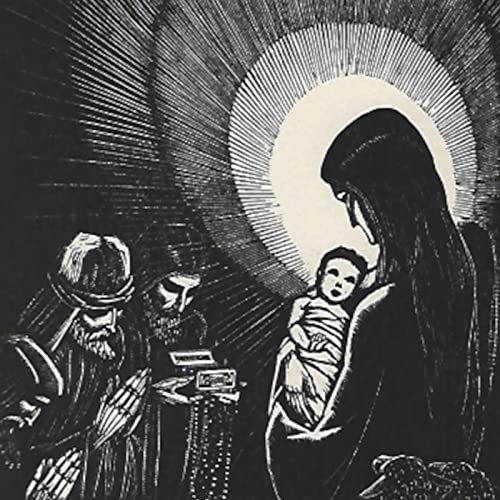January 2: Saints Basil the Great and Gregory Nazianzen, Bishops and Doctors
St. Basil: 329–379; St. Gregory: c. 329–390
Memorial; Liturgical Color: White
Patron Saints of Russia, monks, hospital administrators, and poets
Obvious truths are hard to explain, but smart theologians can explain them
The persecution of the Church in the first few centuries, sometimes aggressive, more typically passive, starved her skinny biblical frame of nourishment. When the Emperor Constantine legalized Christianity in 313 A.D., the Church’s bones finally stretched, grew, and added muscle on muscle. Churches opened. Bishops preached. Schools taught. Theologians wrote. And, most significantly, Councils met. Three hundred years after Jesus Christ ascended into heaven, these large gatherings of bishops and theologians sought to end theological confusion, to settle thorny questions, and to establish a standard Christian doctrine. In the vast halls and churches of these councils, the great cast of theologians of the fourth century put their prodigious talents on full display. We commemorate two of the greatest of these bishops and theologians in today’s memorial.
Saints Basil and Gregory lived so long ago, were so prolific, and played such crucial roles in so many areas of Church life, that they could each be remembered for any number of contributions to liturgy, theology, ecclesiology, Church history, monasticism, and even popular customs, especially in the Orthodox East. Yet perhaps their greatest contributions were as theologians who defined, fundamentally and decisively, what the word Trinity actually means; how Jesus is both fully God and fully man; and how the Holy Spirit is related to God the Father. Such definitions and distinctions may seem technical, abstract, or remote. But it is always the most obvious things—the most necessary things—that are the most difficult to explain. Why do things fall down instead of up? Why does the sun rise in the east instead of the west? Why are there seven days in a week instead of nine?
The most fundamental doctrines of our faith, understood now as perennial, were not always perennial. They originated in the minds of certain people at certain times in certain places. To today’s saints we owe the decisive words that the Holy Spirit “proceeds” from the Father and the Son. These words fall simply and familiarly from our lips. But the word “proceeds” was the fruit of intense thought and prayer. The Father generated the Son, but the Holy Spirit “proceeds” from them both. Interesting. Dozens of millions of Catholics say reflexively every Sunday that the second Person of the Trinity is “consubstantial” with the Father. Not equal in origin. Not equal in role. But “consubstantial,” or equal in nature. Thank you, Saints Basil and Gregory! Thank you, great Bishops and Doctors of the early Church! Thank you for pulling aside the veil of mystery for a peek into the Godhead.
Without the teachings of the fourth century on the Trinity and Christ, there would be no Christmas trees. Think about that. Why celebrate the Christ child if He were not God? But He is God. So carols are composed, mangers are set up, lights are hung, and gifts are exchanged. Culture happens, culture flourishes, when theology makes sense. Thank you, Saints Basil and Gregory, for… everything!
O noble Bishops and Doctors Basil and Gregory, we ask for your continued intercession to enlighten our minds and to remove the dark shadows that cause confusion. Assist us to recognize that good theology understands God as He understands Himself. When you gave us good teaching, you gave us God. We seek nothing more.
Show More
Show Less
 Jan 13 20254 mins
Jan 13 20254 mins 4 mins
4 mins Jan 7 20244 mins
Jan 7 20244 mins 5 mins
5 mins Jan 5 20254 mins
Jan 5 20254 mins 4 mins
4 mins Jan 2 20246 mins
Jan 2 20246 mins 5 mins
5 mins
